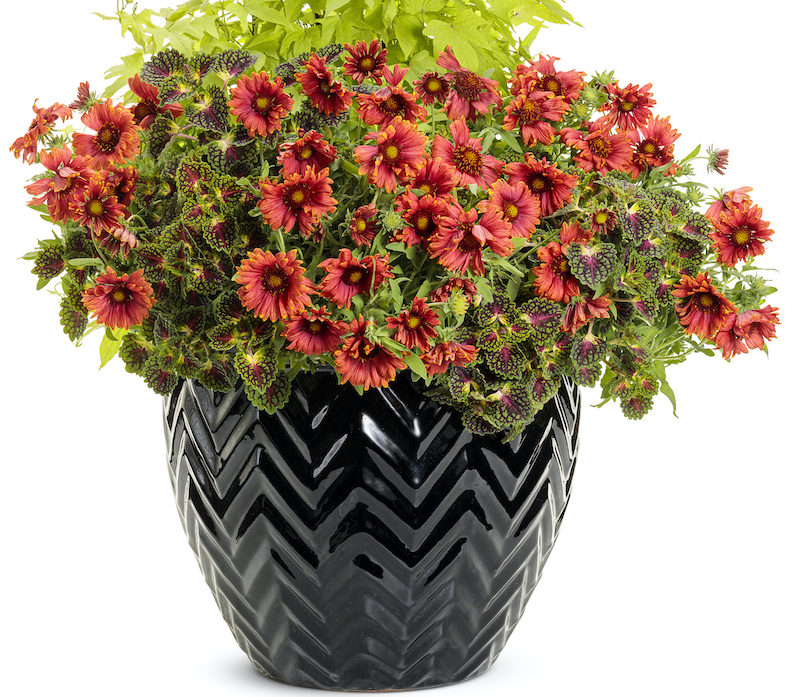Blanket Flower is a terrific perennial for those hard-to-plant spots that are hot, dry, and infertile. Once the plant is established, the root system of Gaillardia is very drought tolerant. The mats of leaves spread out across the soil to act as a living mulch, which helps the soil stay cool and retain moisture. Keeping Blanket Flower watered properly will keep the plant thriving for many years.

How To Tell If Blanket Flower Needs to be Watered
Blanket flowers can go for extended periods without supplemental irrigation. Over-watering is much more of a possibility when growing this perennial. Cool, damp climates will keep the soil in a garden moist longer and may cause root rot to take hold, especially in soils that do not drain well. The main symptoms of over-watering are drooping stems, foliage, and flowers. The leaves will turn yellow and possibly develop brown spots or edges. A lack of water can also cause the Blanket Flower to have drooping stems and leaves along with leaf yellowing and brown spots. The difference will be in the texture of the plant material. The under-watered plant will be crispy and dry, while the over-watered plant will usually have a mushy texture.
How Often To Water Blanket Flower
Freshly planted Blanket Flower will need a consistent watering schedule until the plant is fully established. Provide one inch of water a week, spacing sessions every 3 days. Watering across longer intervals will help the roots to seek out moisture deeper in the ground. Keep up this watering schedule for the first growing season.
Once well established, Blanket Flower can be left alone during the growing season. Supplemental watering is generally only needed during extremely hot or long dry spells. Applying a 2-3 inch layer of mulch around the root zone each spring will help the soil retain moisture longer and further reduce the amount of extra watering needed.
Gaillardia growing in containers will need to be checked for watering much more regularly. A daily check may be required during hot or dry weather depending on the size of the planter. Smaller pots dry out faster than large planters. Allow the top 2-3 inches of soil to dry out between waterings. Thoroughly soak the pot so that water runs from the bottom drainage holes, ensuring that all of the potting soil has been saturated.

Best Time To Water Blanket flower
Water perennials early in the day while the soil is still cool and damp from lower nighttime temperatures. Any foliage that gets wet will have plenty of time to dry fully during the day. Even though watering a plant early in the day is preferred, any plant that shows signs of distress should be taken care of as soon as possible. Make sure to water the soil and keep the foliage as dry as possible.
How to Water Blanket Flower
Step 1 - Check the soil for dryness.
If the soil is dry 3-4 inches down, supplemental watering is needed. Soil that is damp to the touch does not need watering.
Step 2 - Apply up to one inch of water per week for newly planted Blanket Flowers.
If no natural rain falls, extra watering will be needed. If your climate is rainy or cool, extra watering may not be needed.
Step 3 - Container-grown Blanket Flowers will need watering more often.
When the top 2-3 inches of potting soil are dry, watering is needed. Soak pots well until water runs from the bottom drainage holes.
Blanket Flower Watering Tips
- Blanket Flowers are drought tolerant and need little supplemental watering when mature
- Container-grown plants will need watering regularly
- Over-watering is more likely to occur with drought-tolerant plants like Blanket Flower
- Both the garden soil and growing container must have excellent drainage
 |
Author Robbin Small - Published 3-11-2023 |
